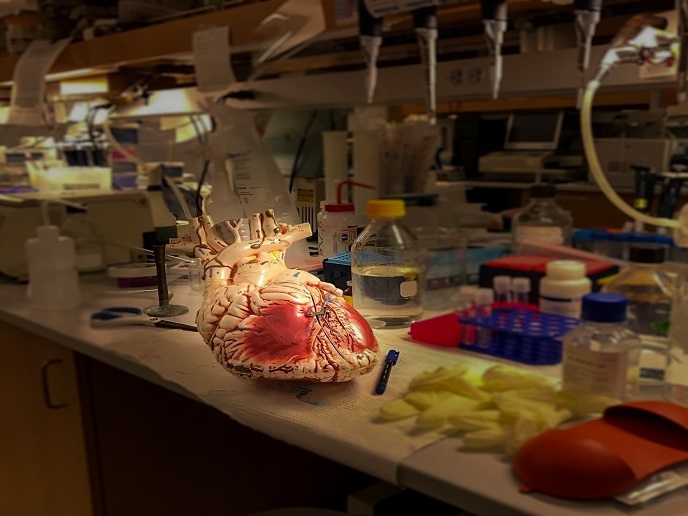New inhibitors of methyltransferases as anticancer therapeutics
In eukaryotic cells, the genome is tightly condensed into chromatin composed of DNA and histone proteins. The enzymes histone methyltransferases modify histones at certain sites through methylation, thus making DNA accessible for transcription. Abnormal activity of methylation-regulating enzymes has been noted in some types of human cancers, suggesting associations between histone methylation and tumour formation. The EU-funded HKMTIS (Computer-aided design and synthesis of inhibitors of EED-EZH2 interaction as a novel approach for anticancer therapy) project set out to discover small molecule inhibitors of histone lysine methyltransferases (HKMTs) as potential therapeutics for cancer treatment. A final version of the project focused on the direct inhibitors of HKMTs rather than inhibitors of the protein-protein interaction of the components in this enzyme complex. Researchers used the 2,4-diaminoquinazoline class of compounds, which are known as substrate-competitive inhibitors of another class of methyltransferases. They synthesised a library of 2,4-diaminoquinazolines applying computational design and evaluated the compounds in enzymatic and cell-based assays. This resulted in identification of several inhibitors with IC50 values up to 1 µM, as demonstrated by the enzymatic assay. The identified molecules represented the novel class of HKMT substrate competitors. In cell-based assays, the inhibitors increased the mRNA levels of genes known to be silenced by activation of HKMTs. One of the inhibitors exhibited activity in an MDA-MB-231 (breast cancer) xenograft mouse model. Using the fact that HKMTs are conserved among species, researchers tested the identified inhibitors in targeting the HKMTs of the malarial parasite Plasmodium. In Plasmodium, the histone-modifying enzymes play a key role at various stages of the life cycle. Several 2,4-diaminoquinazoline-based inhibitors demonstrated potent and rapid parasite-killing activity against different stages of the parasite life cycle. Most importantly, the inhibitors were also effective against multiple malaria-causing species. Project results are very important as cancer and malaria are responsible for a large number of deaths across the globe. The project identified several new 'lead' compounds as human and malarial HKMT inhibitors. It represents a promising step towards establishing new drugs for the treatment of cancer and/or malaria.







